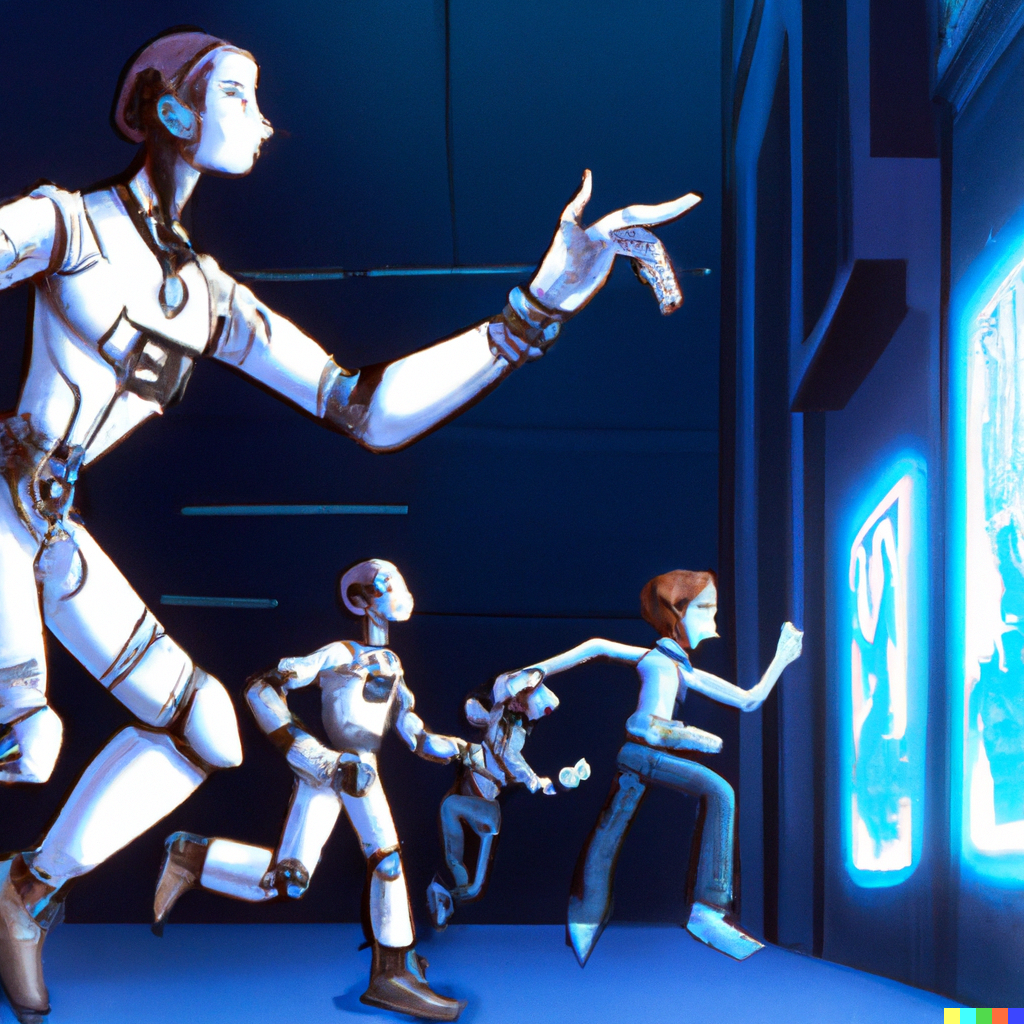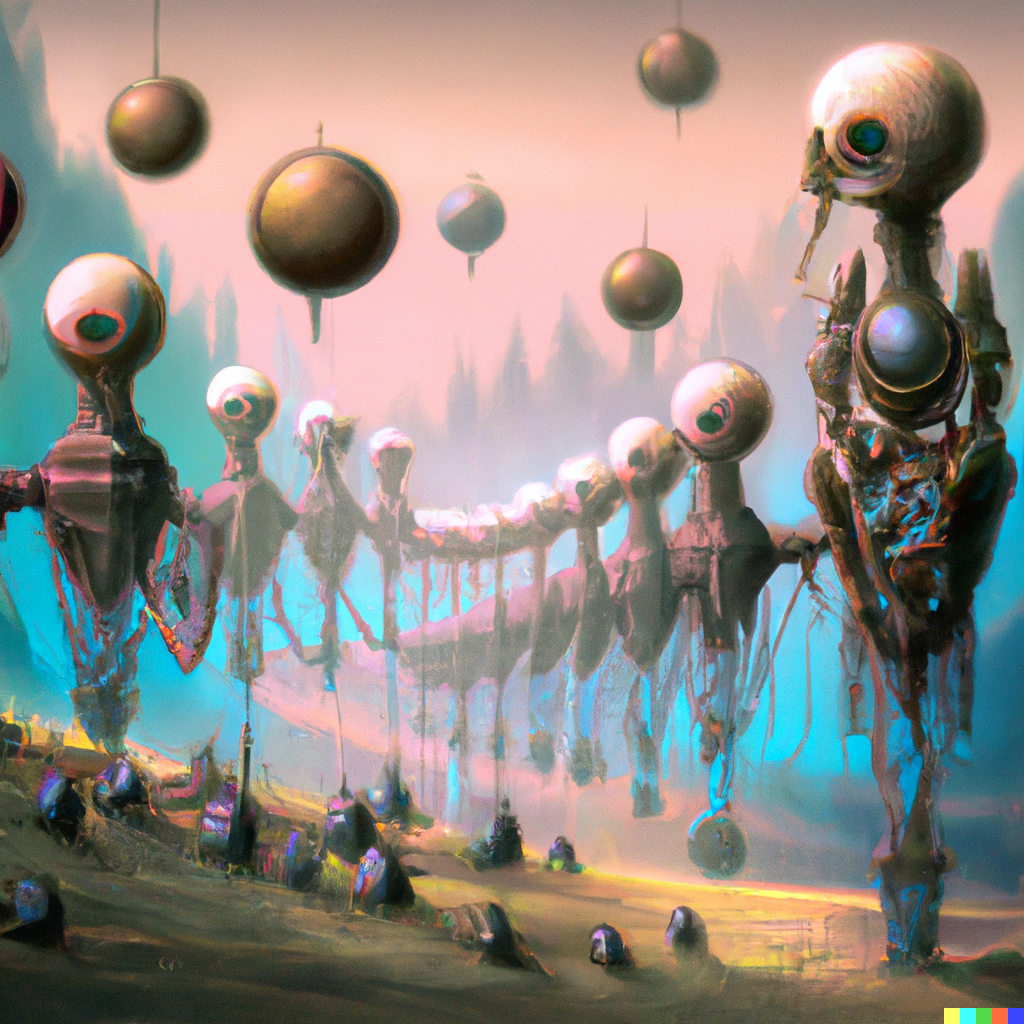Contributed by Kalie Mayberry
To understand the decentralization of the internet and the concepts that fall within its scope, it is helpful to look at the bigger picture of how the internet has come to this point. Who are the people who started this rhetoric of decentralization? What form is it taking? How has it been shaped over time?
This series will dive into concepts you’ve likely heard of but might not fully understand. They’re floating around and occasionally appear in an article you’re reading or on a social media post you see. You likely have generated a simplistic idea of what it is and used that to base your insight on what the article or post is talking about.
We’re here to help take you one step further. You won’t be full cryptoanarchists by the end of this series (well, maybe you will). Still, you’ll have a better foundational understanding through the lens of a non-technologist social science researcher rather than that of a computer science geek or DeFi bro.
Before we can jump into talking about Web3 (aka Web 3.0), we should first spend a second talking about Web1 (Web 1.0) and Web2 (Web 2.0). It is unlikely that you have ever really used these terms before, but they are essentially life stages of the internet as you’ve probably experienced them. Just as we all have gone through our own phases (from helpless baby to goth teenager to semi-professional adult), the internet has been growing up over the past three decades.

Web 1.0
Web1 is the web version from the earliest internet adoption days, starting in 1990. The internet was founded about 20 years before the first heavy wave of adoption, in the early 1970s, when the governmental organization DARPA (Defense Advanced Research Project Agency) started a project looking to link patterns of networks. The internet initially started as a place to share research and information for the military, universities, and educational institutions but expanded as more software engineers and hackers began to see the potential for the internet and its particularly generative nature. The release of the world wide web, founded by Tim Berners-Lee while working at an organization called CERN in 1989, helped fuel the beginning of the modern-day internet, particularly through creating websites when the first U.S. web server came online in 1991. From there, Web1 began to take shape, as more and more people were adopting the internet with regularity and accessibility, even if it was just sending information from one point to another or looking at basic websites with simplistic functionality and architecture. Web1 is essentially the most watered-down form of the internet, and most internet historians place it roughly lasting from 1990 – 2005.
Web 2.0

So if Web1 was truly the base level model, then Web2 is a literal “Version 2.0” – the next variation that we’ve all come to know and love (and also hate). Naturally, the term Web1 didn’t exist until Web2 came along, providing a frame of reference that the internet was being iterated upon and moving in a new direction. Web2 is often marked by the first Web 2.0 Conference in San Francisco in October 2004, hosted by O’Reilly Media. What Web1 couldn’t do, Web2 now could, as a dedicated place for “enhanc[ing] creativity, secure information sharing, collaboration and functionality of the web.” Specifically, this included the creation of actual communities online, outside of the one-on-one communication of email, and new places where images, videos, audio, and other content could be hosted and shared with the community.
Web2 is the era of social media, platforms, blogs, and much more sophisticated websites. It’s the era we’ve been in most recently and that most digital natives know to be what the internet just is. Websites are interactive, functional, and often sophisticated, built to enhance user experience through research and trial. Additionally, large internet companies beyond just search engines and web portals have come into existence in full force. These companies are highly centralized, robustly powerful, and largely unregulated. Many of these companies started with one simple idea and have grown to include these more interactive, functional, and sophistical aspects. We have been users along the entire timeline they have been building. Because we have seen the changes gradually, in real-time, we have often accepted them as they were through every iteration – only looking back now and reflecting that we might wish things had gone a bit differently. For example, Facebook began as mainly individual pages, then rolled out the newsfeed, groups, advertisements, chat, Live, photo filters, and more. Since we largely grew up with Facebook as a constant, we didn’t think twice whenever they rolled out a new feature or version (although sometimes we got angry) – we just accepted whatever new verbiage was added to the terms and conditions to stay on the platform and keep the functionalities. We weren’t ever thinking, “how bad could it be?” – it just didn’t even cross our mind that it would ever be bad.
Additionally, while this era has started to see the rise of the subscription business model (e.g. Netflix, New York Times), it has also seen the rise of the “free” model with payment in the form of user data. As we accepted those new terms and conditions, we were unknowingly accepting access to our interests, tastes, thoughts, feelings, and – more lucrative – scrolling and buying history online. Web2 brought about these behemoth centralized online companies that discovered how to use the internet to build a business on data we could never have dreamed of.
But internet optimists have always continued to strive for a more decentralized form of the internet, one that diminishes the power of these types of organizations and brings back the community and town-hall structure of the internet. These optimists have historically taken the form of cypherpunks, who built decentralized and autonomous structures – such as cryptocurrencies – that became popular with now crypto-junkies. But many are interested in doing more than just building a decentralized currency and have an entirely new idea of how the next era of the internet could – or rather should – be.
Web 3.0 (now known more openly as Web3)

Enter Web3. In many ways, this is the era of the future, the one the optimists building the internet in the early 1990s (around the time of Web1) were hoping for before large multinational companies took over and began using the internet for behavior manipulation and control. The core of what the internet will look like in the era of Web3 is a more decentralized network, separate from the companies and governments trying to take over and regulate what people do online (including the current massive companies that control much of our online life). Web3 became possible due to new protocols and functionalities being built, largely due to the computing mechanisms of blockchain technologies.
Without getting highly technical, blockchain technology opens the possibility for additional technologies to be built, technologies that focus on “privacy”, “open source”, “permissionless”, and “ownership” (heard these words before? Platforms and applications can be created where people can join and buy paintings or trade particular currencies (similar to stocks) without links to a centralized agency such as banks, the Federal Reserve, or an art museum. People are more freely able to control their data as well as “own” these paintings or currencies as pieces of the internet (such as NFTs or cryptocurrencies). These entities gain value from the value members place upon them. If it sounds abstract, that’s because it is – by design. But the high-level excitement around this new form of the internet is its potential to put power back into the hands of users – which has largely been lacking as Web2 continues.
Web3 has become the term used to define this era of decentralized and community-driven models, which were the original vision of the early Web1 pioneers. It can now be scaled due to the functionalities founded within the Web2 era. The rush of hype around Web3 has been mainly around venture capitalists and internet enthusiasts looking forward to this era they had been hoping for for a long time, and wanting to get a piece of the pie before it’s too late. But defining an era that is in the process of being built is a difficult task, and Web3 has received overall negative press and criticism due largely in part because both the infrastructure and possibilities of the era are still being realized. This, in turn, has led to many false starts with fraud, scams, and hacking, along with the infrastructure and functionality only really understood by expert computer scientists, creating more skepticism and wariness about what Web3 is or how it functions.
So the difficulty becomes – how do we build the system at the same time we are trying to get people to join us on the system? To move into the Web3 era, a majority will need to be on board to shift the scales toward decentralization. But what it has taken to build Web3 is very complex computer science, which has led a lot of lay folks not to understand or feel lost in what it means to take part. Additionally, Web1 and Web2 were not well understood as “eras” until after they were largely completed. Is the current iteration of Web3 the most natural next phase and progress us into the future, or will it dry up? Alternatively, will some parts survive while others are left behind?
From a personal reflection, I think it is still too soon to tell. As Web2 began to take shape around the time of the Web 2.0 Conference was held, Web3 is proactively taking shape, led by folks who have been plotting toward this type of internet for a long time. It is very possible that they see things on the internet that we don’t, and have a better grasp of an online future that we see as out of reach, especially with the rising hate, violence, and abuse never anticipated in the early eras. As with other evolutions, we will likely shed the aspects of Web3 that people find sketchy or weird and take forward the parts that bring us closer together, which is also largely core to the value creation of the infrastructure being built. Lastly, whether we like it or not, some type of “web3” will come along regardless. We don’t know exactly what it will look like, or if we just skip straight to Web5 as some have mentioned.
We’ll continue to explore other aspects of the Web3 infrastructure in this blog series, including the decentralized functionality and how it shows up in various forms in the infrastructure being built with the current Web3 era in mind.
